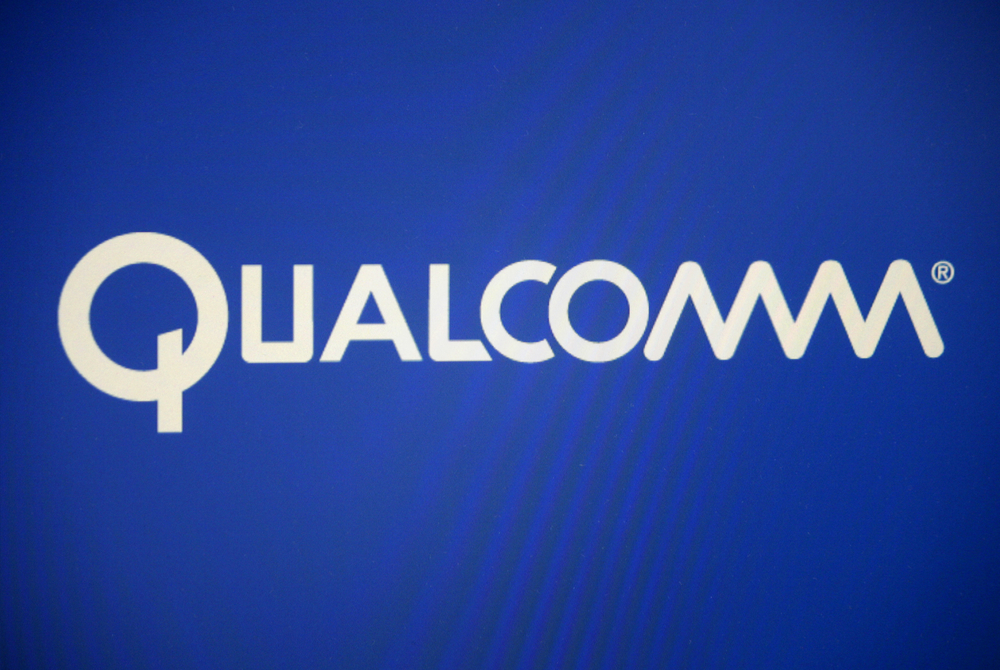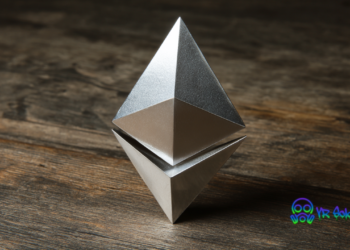Qualcomm is throwing its weight around in the VR and AR industry. The well-respected chip maker is looking to make the virtual reality market a lot more appealing. Its new venture comes in the form of developing full-fledged VR and AR chips to improve the overall experience for untethered devices. A remarkable decision, although there are plenty of improvements to be achieved in this regard.
An Important Decision by Qualcomm
It is commendable to see technology giants such as Qualcomm show a genuine interest in virtual and augmented reality. Even though both industries are somewhat struggling for traction, there is still a bright future ahead. The chip maker has confirmed it will build a dedicated VR/AR chip which is designed to make the standalone headsets better and more appealing. The main improvements come in the form of longer battery life, lower temperatures, and better quality for both audio and video. This chip platform is referred to as XR1.
This new chip is also designed to be as affordable as the company can afford to make it. As of right now, the chip will cost around $200, albeit that number is still subject to change prior to its commercialization. This chip is expected to be a major step up from the “mobile chips” standalone VR headsets such as the Oculus Go use right now. Untethered VR and AR headsets are clearly the way forward in this regard, and more powerful hardware is direly needed at this stage.
Qualcomm’s Director of XR product management comments:
“We strongly believe that XR is the next mobile computing platform. This is going to disrupt all these different verticals, including health care, education, military, retail, marketing and advertising.”
It is the first time a major chip designed offers a system-on-a-chip specifically for both VR and AR. While its current Snapdragon mobile processors are well-suited for standalone headsets as well, it is important to keep evolving the technology whenever possible. With support for high-definition video, audio, graphics, and head tracking – among other things – the chip certainly has a lot of potential. Unlocking the true horsepower of this chip, on the other hand, will still require a fair bit of time.
Header image courtesy of Shutterstock
If you liked this article make sure to follow us on twitter @thevrsoldier and subscribe to our newsletter to stay up to date with the latest VR trends and news.












